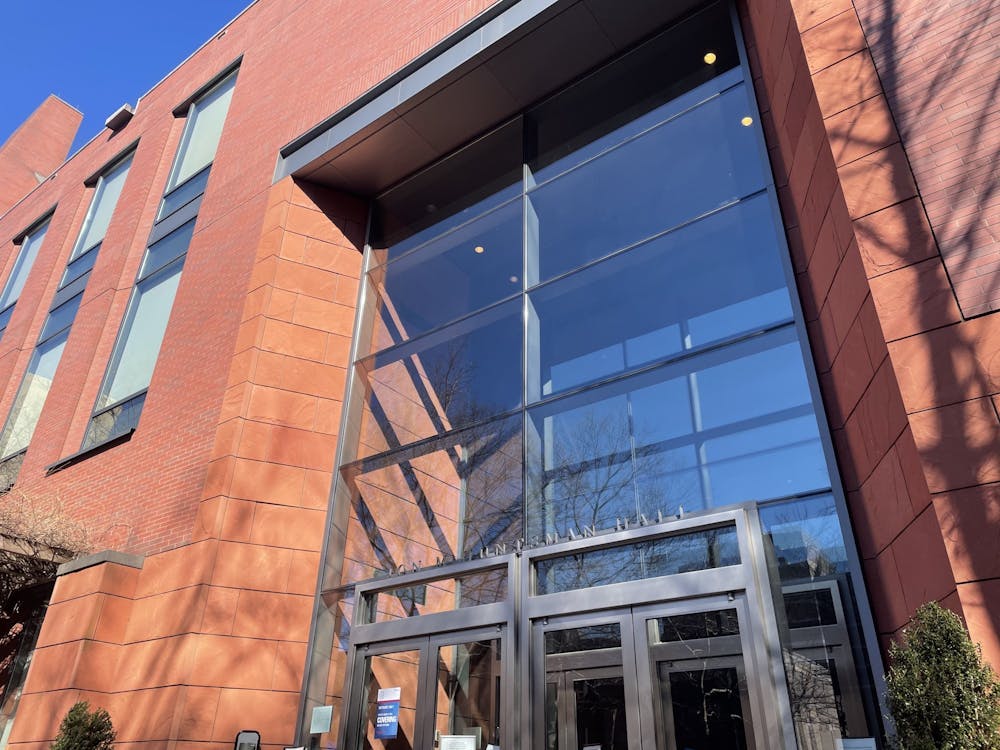A new Penn Wharton Budget Model study predicts that the effects of pandemic-related school closures and remote learning will cost the American economy 3.6 percent of gross domestic product in 2050.
PWBM compared the economic effects of school closures to a scenario in which learning was never impeded by the pandemic. The study predicted percentage changes in macroeconomic indicators such as capital stock, labor productivity, hourly wages, hours worked, and government debt due to learning loss from COVID-19 school closures.
Specifically, in 2050, COVID-19 school closures are predicted to reduce capital stock by 4.1 percent and raise government debt by 5.2 percent. Also, labor productivity is expected to drop by 3.3 percent in 2050. The drop in labor productivity will slow economic growth and wages, resulting in a 3.6 percent decline in GDP, according to the study.
PWBM also projected that keeping schools open for an additional month during the 2020-21 school year would result in a $16.00 increase in GDP by 2050 for every $1.00 spent by local and state governments.
PWBM is a non-partisan research initiative within the Wharton School that provides an economic analysis on public policy's fiscal impact. The organization has released reports throughout the COVID-19 pandemic focusing on data of recession, employment, and health and economic effects of state reopenings.
The organization previously looked at the effects of school closures on the lifetime labor income of the affected students by race and family income. This study, in comparison, looks at the labor productivity effects of reduced in-person learning by school grade level and family economic background.
RELATED:
Penn Med, CHOP contribute to $72,000 gift to address racial inequities surrounding COVID-19
Penn will require faculty, staff, postdocs to be fully vaccinated against COVID-19 by Aug. 1
Penn Medicine will require all employees to be vaccinated against COVID-19









